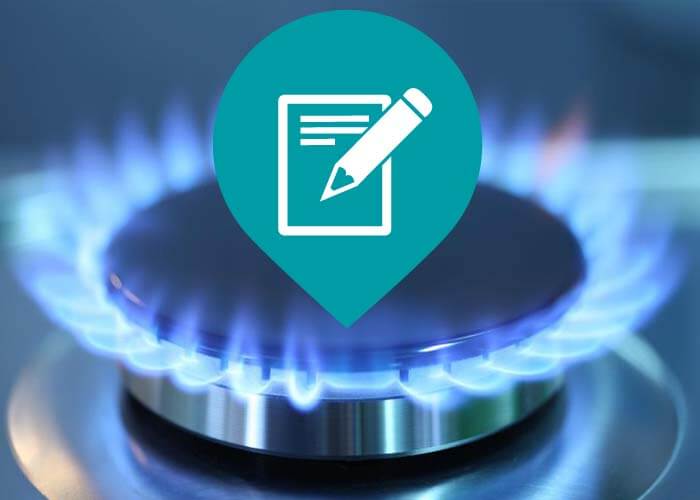
Exactly how Does the Gas Delivery System Work?
Exactly how Does the Gas Distribution System Work?
Gas flowing from higher to decrease stress is the fundamental principle of the natural gas shipment system. The quantity of stress in a pipe is gauged in extra pounds per square inch.
From the well, the gas enters into "event" lines, which resemble branches on a tree, obtaining bigger as they obtain closer to the main collection point.
Event Solutions
An event system may need one or more area compressors to relocate the gas to the pipe or the processing plant. A compressor is a device driven by an interior combustion engine or turbine that creates stress to "press" the gas with the lines. Many compressors in the natural gas delivery system make use of a percentage of natural gas from their own lines as gas.
Some gas gathering systems consist of a handling facility, which executes such features as removing contaminations like water, co2 or sulfur that might wear away a pipeline, or inert gases, such as helium, that would minimize the energy worth of the gas. Processing plants also can get rid of small quantities of lp and also butane. These gases are utilized for chemical feedstocks and also other applications.
The Transmission System
From the celebration system, the natural gas actions into the transmission system, which is usually composed of regarding 272,000 miles of high-strength steel piper.
These large transmission lines for natural gas can be contrasted to the nation's interstate highway system for cars. They relocate huge amounts of natural gas hundreds of miles from the producing regions to neighborhood distribution companies (LDCs). The pressure of gas in each area of line generally ranges from 200 extra pounds to 1,500 extra pounds per square inch, depending on the type of area in which the pipeline is operating. As a precaution, pipes are made and constructed to deal with a lot more pressure than is ever really gotten to in the system. For instance, pipes in even more inhabited locations operate at less than one-half of their style pressure level.
Many significant interstate pipes are "knotted"-- there are 2 or more lines running parallel to each other in the same right of way. This provides maximum ability throughout durations of peak demand.
Compressor Stations
Compressor stations lie around every 50 to 60 miles along each pipeline to increase the stress that is shed with the rubbing of the gas moving Browse this site through the steel pipeline. Several compressor terminals are totally automated, so the equipment can be begun or stopped from a pipe's central control area. The control space can also from another location operate shut-off shutoffs along the transmission system. The drivers of the system keep in-depth operating data on each compressor terminal, and continually change the mix of engines that are going to maximize performance and safety and security.
Natural gas steps through the transmission system at as much as 30 miles per hour, so it takes a number of days for gas from Texas to get to an utility receipt factor in the Northeast. Along the way, there are lots of affiliations with other pipelines as well as various other energy systems, which offers system operators a lot of flexibility in moving gas.
Linepack
A 50-mile section of 42-inch transmission line operating at about 1,000 extra pounds of stress has around 200 million cubic feet of gas-- enough to power a kitchen range for more than 2,000 years. The amount of gas in the pipe is called the "linepack.".
By raising as well as reducing the pressure on any type of pipeline section, a pipeline company can utilize the segment to store gas during durations when there is much less need at the end of the pipeline. Utilizing linepack by doing this allows pipe drivers to take care of per hour changes in demand very successfully.
Gas pipelines and energies make use of extremely sophisticated computer system designs of client need for gas, which relate day-to-day as well as hourly intake patterns with seasonal and ecological factors. That's why consumers can depend upon the reliability of gas-- when it's required, it's there.
Gateway Stations.
When the gas in a transmission pipeline gets to a local gas utility, it normally goes through a "gate station." Energies frequently have gateway stations getting gas at several locations as well as from numerous various pipelines. Entrance terminals offer three functions. Initially, they lower the pressure in the line from transmission levels (200 to 1,500 pounds) to circulation degrees, which vary from 1/4 extra pound to 200 pounds. Then an odorant, the distinctive sour fragrance related to gas, is included, so that consumers can smell even small quantities of gas. Finally, the gate terminal gauges the circulation price of the gas to establish the quantity being obtained by the energy.